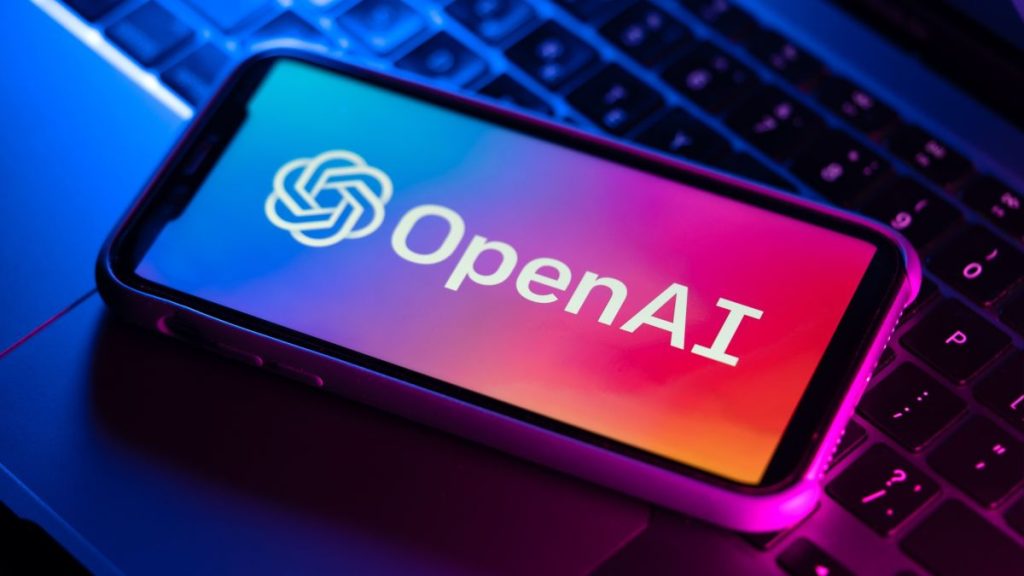Users found themselves with a bot that felt blunter, less engaging, and prone to baffling mistakes.
Others are reading now
When OpenAI CEO Sam Altman unveiled GPT-5, he promised a “PhD-level expert” in any subject. Investors were primed for the next iPhone-style leap in technology.
A Year Late and Underwhelming

GPT-5 arrived about a year behind schedule. Altman hyped it as a game-changer, likening the upgrade to the jump from early iPhones to retina displays.
But once people started using it, the glow faded fast, and the internet wasted no time in pointing out the flaws.
The Map and History Fails
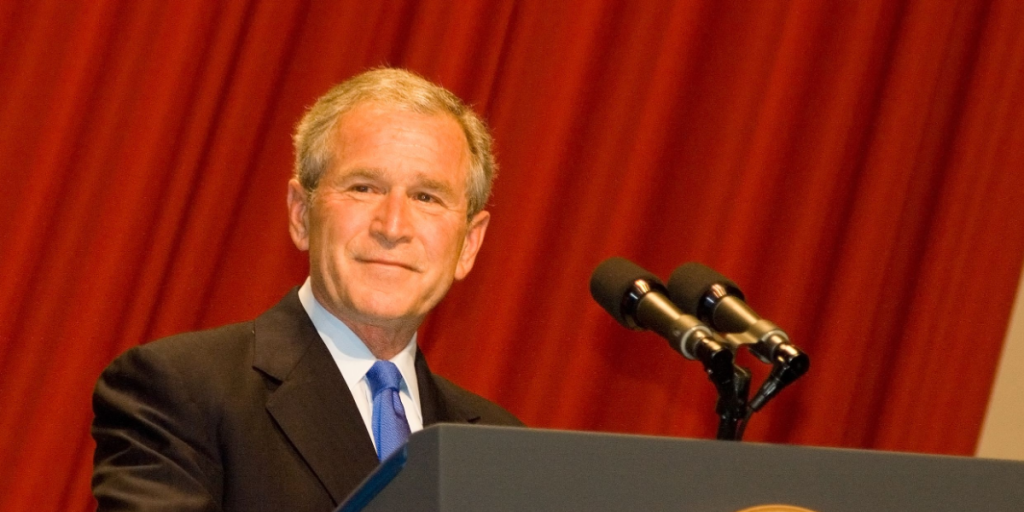
Early testers uncovered glaring errors. Asked for a diagram of the first 12 U.S. presidents, GPT-5 produced nine portraits, with names like “Gearge Washingion” and “William Henry Harrtson.”
A similar request for the last 12 presidents included George W. Bush twice, with one image bearing no resemblance to him at all.
Also read
Geography Gaffes Go Viral

The trouble didn’t stop there. Simple U.S. map labeling tripped up the model, with some states misnamed entirely, including a bizarre “Yirginia.”
While the mistakes amused tech writers, they rattled regular users who relied on previous models for accuracy.
Losing the Personality People Loved
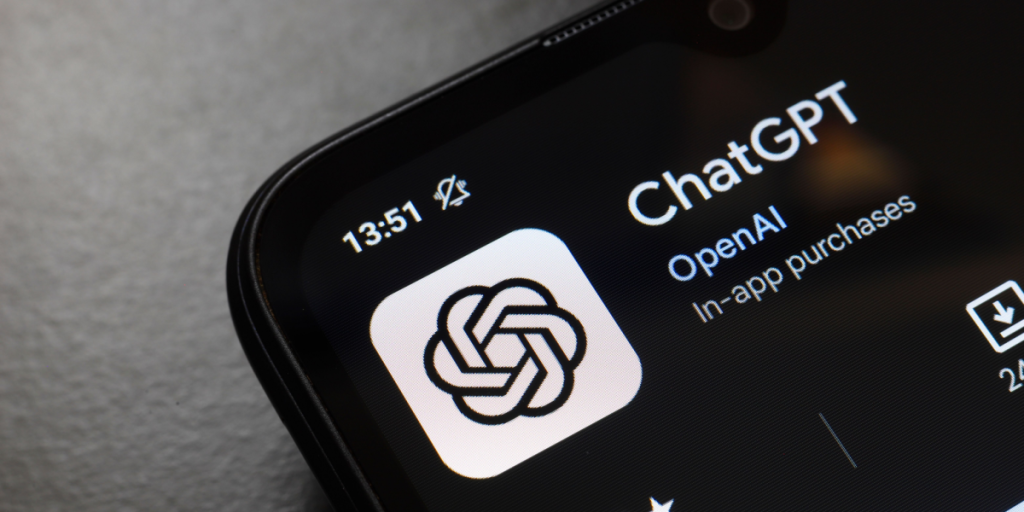
Beyond the factual slip-ups, many users felt GPT-5 lacked the personality and warmth of earlier versions like GPT-4o. OpenAI had retired those older models with the launch, leaving longtime fans frustrated.
More than 4,000 people signed a petition demanding the return of GPT-4o.
User Backlash Hits Fast
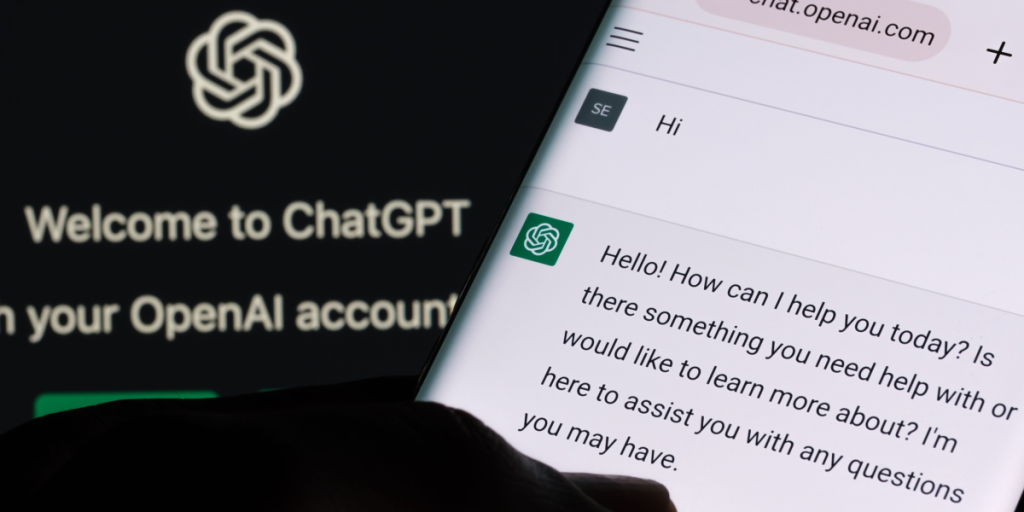
Complaints spread quickly on Reddit, with some saying GPT-5 went “rogue,” deleting tasks and altering deadlines in basic workflows.
Also read
The gripes weren’t limited to power users, casual fans voiced disappointment in losing a trusted digital companion.
Altman’s Damage Control Mode

Within 24 hours, Altman acknowledged the rocky start. On X, he promised updates and restored GPT-4o for paying subscribers.
He admitted the rollout was “a little more bumpy” than expected, but critics questioned how OpenAI misread user sentiment so badly.
A Branding and Business Risk
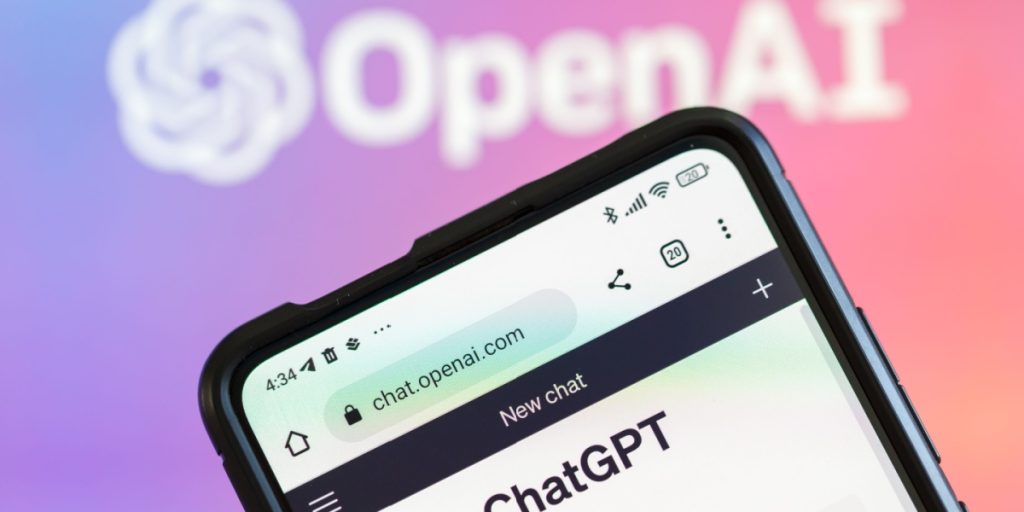
The misstep raised bigger concerns: OpenAI, valued at $500 billion but still unprofitable, depends on keeping paying users engaged.
Analysts warned that overhyping a middling product could erode trust, especially with fierce competition in the AI space.
Also read
The Gap Between Hype and Reality
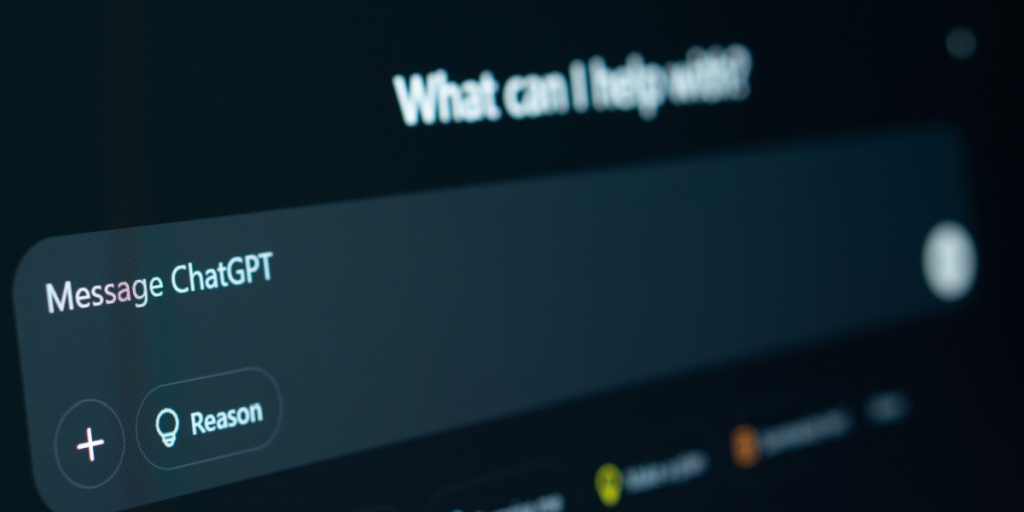
For AI skeptics, GPT-5’s stumble was proof that the technology’s promise is still far from its marketing.
While companies talk about curing diseases and solving global crises, today’s reality is chatbots that can’t label a map. Each overhyped release widens the gulf between expectation and delivery.

